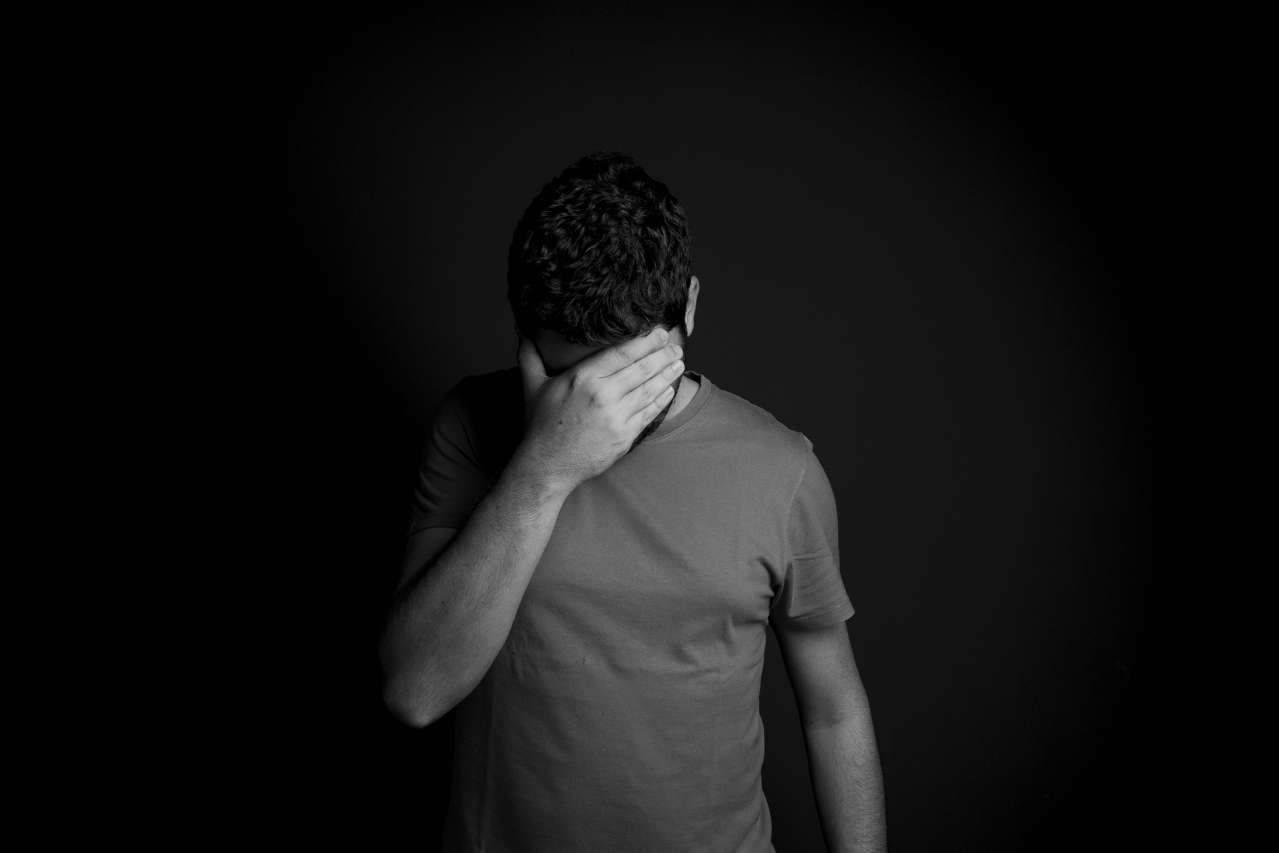Withdrawal syndrome is a set of reactions in the body that occurs in response to stopping or reducing the dose of an addictive chemical.
How to tell if you have withdrawal symptoms
Withdrawal syndrome causes increased depressive symptoms, weakness, drowsiness, inhibition of reactions, dizziness, and panic attacks.
Often the patient cannot sleep because he is tormented by insomnia or nightmares.
Vomiting and diarrhea are also common in this condition.
How many days does withdrawal last
The duration of withdrawal syndrome varies from person to person and depends on many factors.

But usually withdrawal symptoms last 5-7 days, after which, with proper treatment and the absence of “breakdowns,” relief occurs.
How to eliminate withdrawal syndrome
To relieve withdrawal symptoms, doctors may prescribe medications that help relieve anxiety and calm the nervous system.
Antidepressants can also be used to help cope with depression and improve the patient's mood.
When does antidepressant withdrawal syndrome begin
There is no dependence on antidepressants.
However, if you suddenly stop drinking them, there will be a withdrawal syndrome.
This is felt as electric current discharges when moving or turning the head, headaches, dizziness, insomnia.
Withdrawal symptoms most often occur within three days of stopping antidepressants.
Usually the symptoms are not severe and disappear within two weeks.









